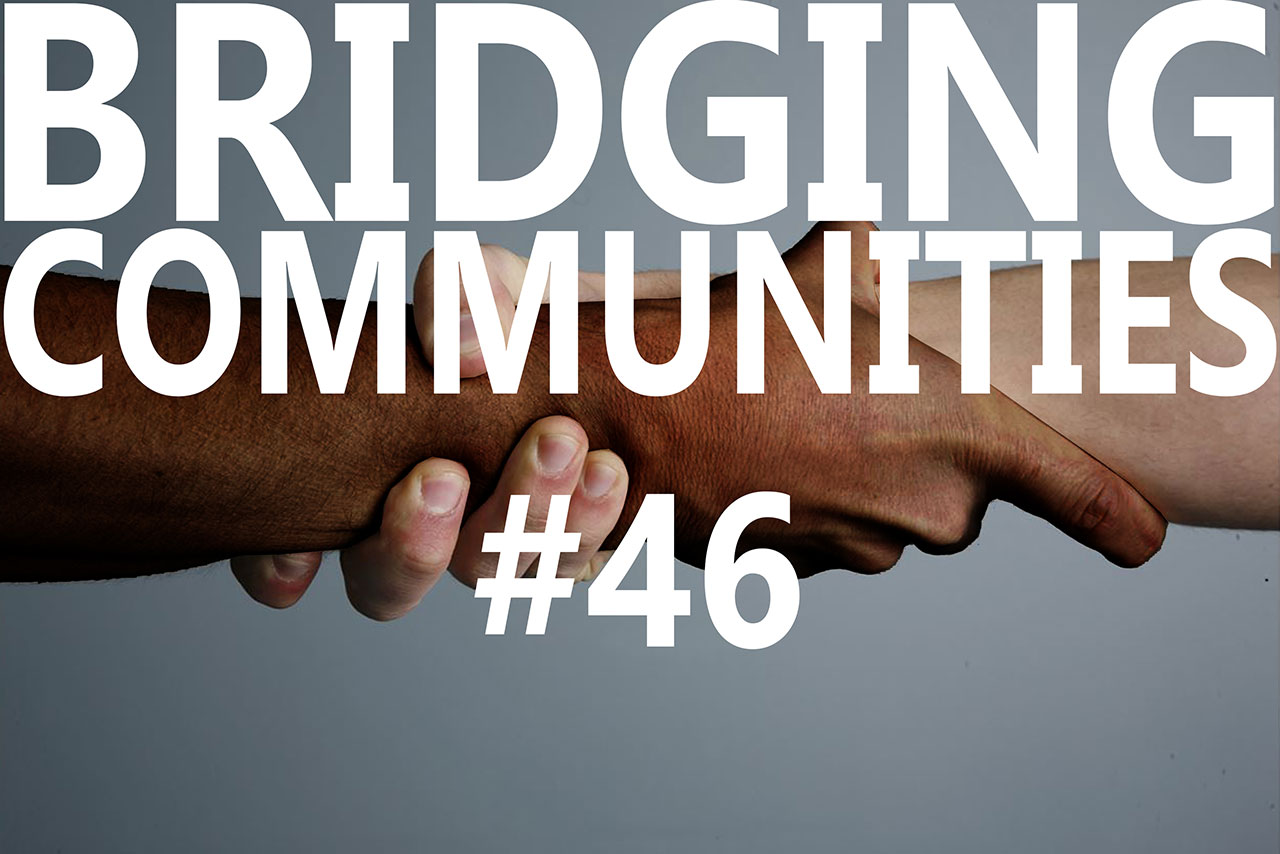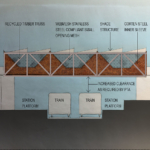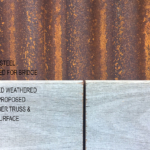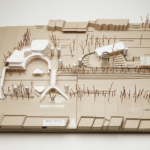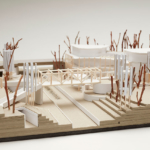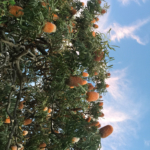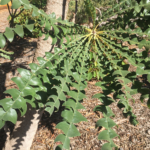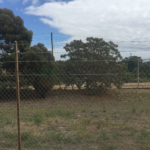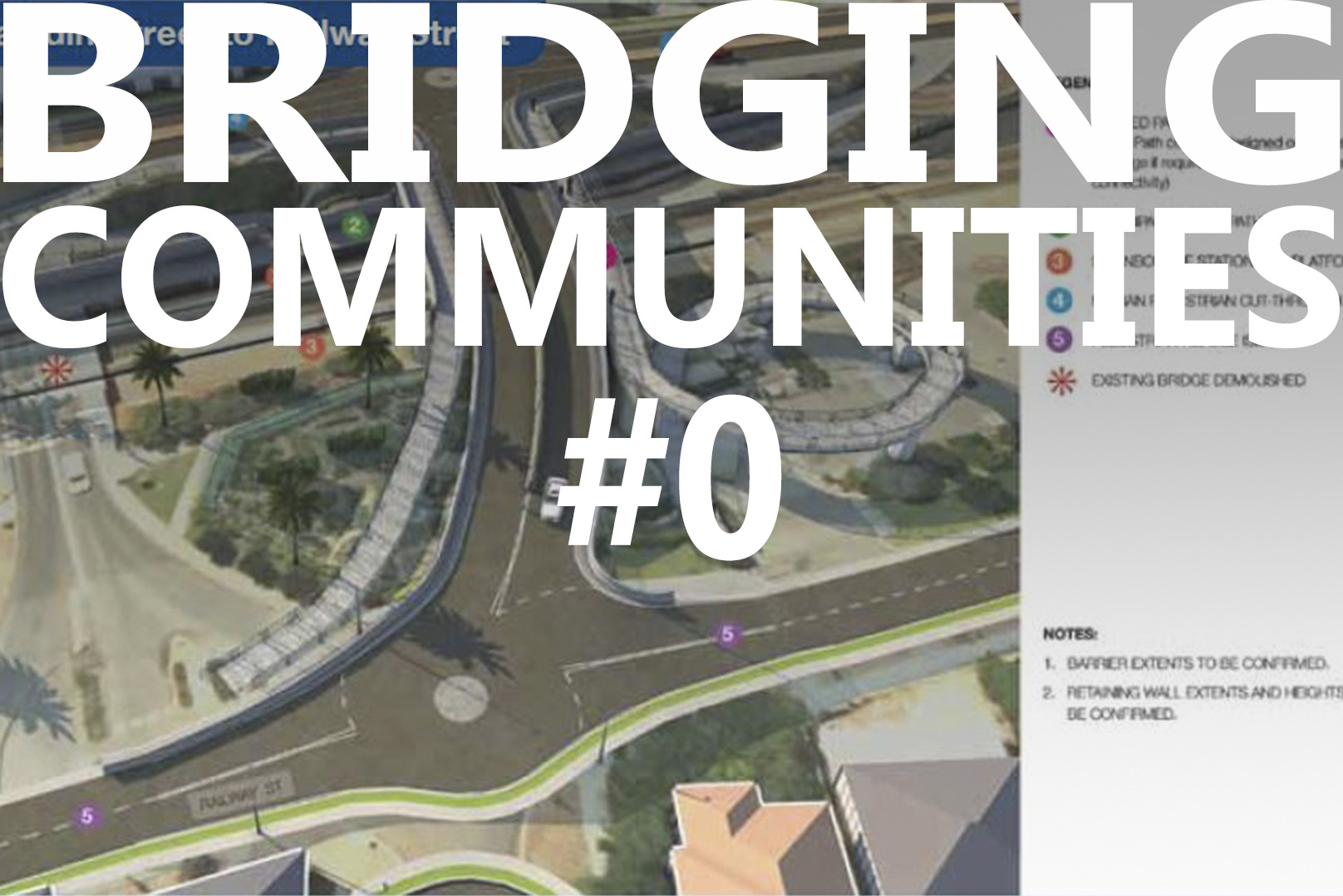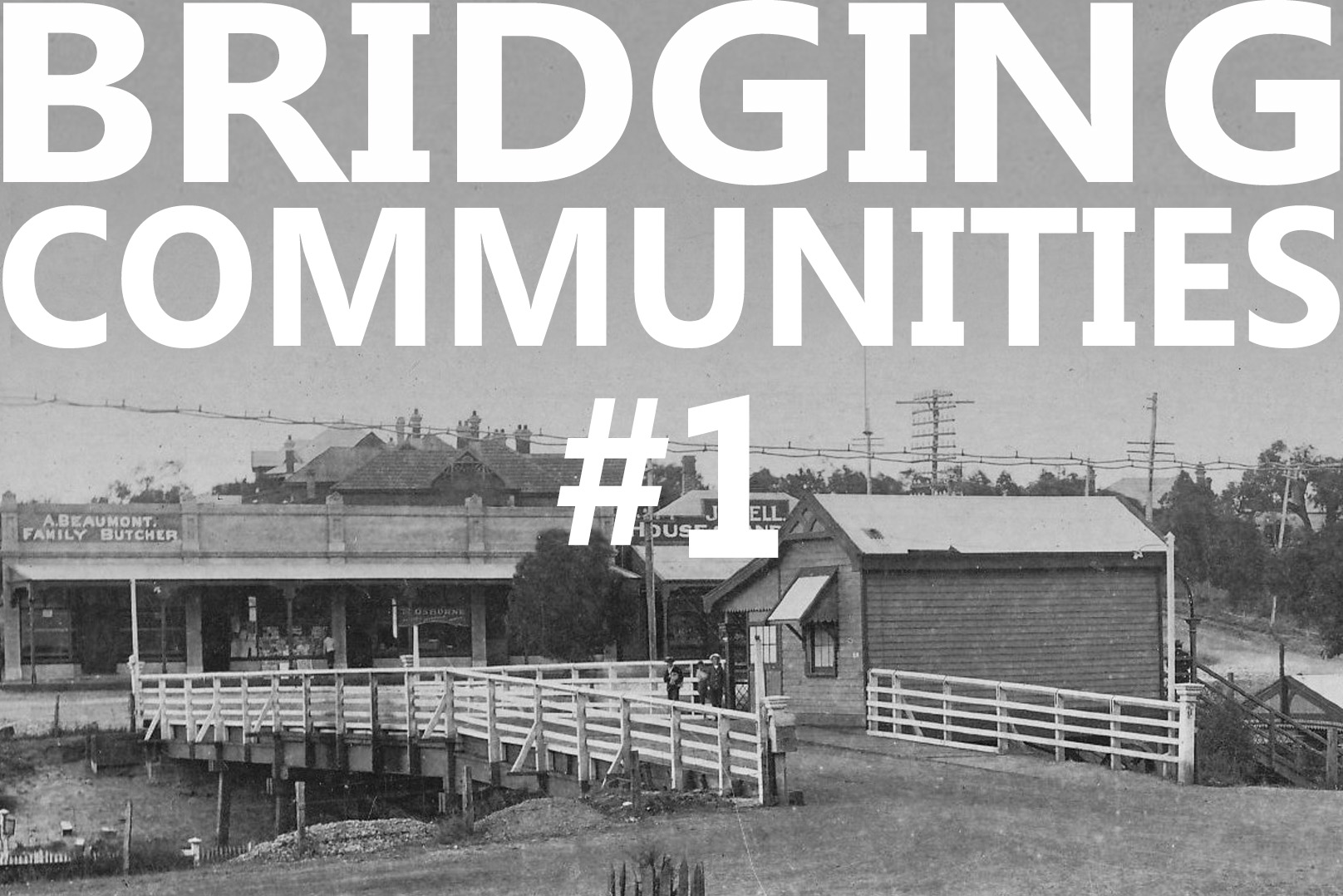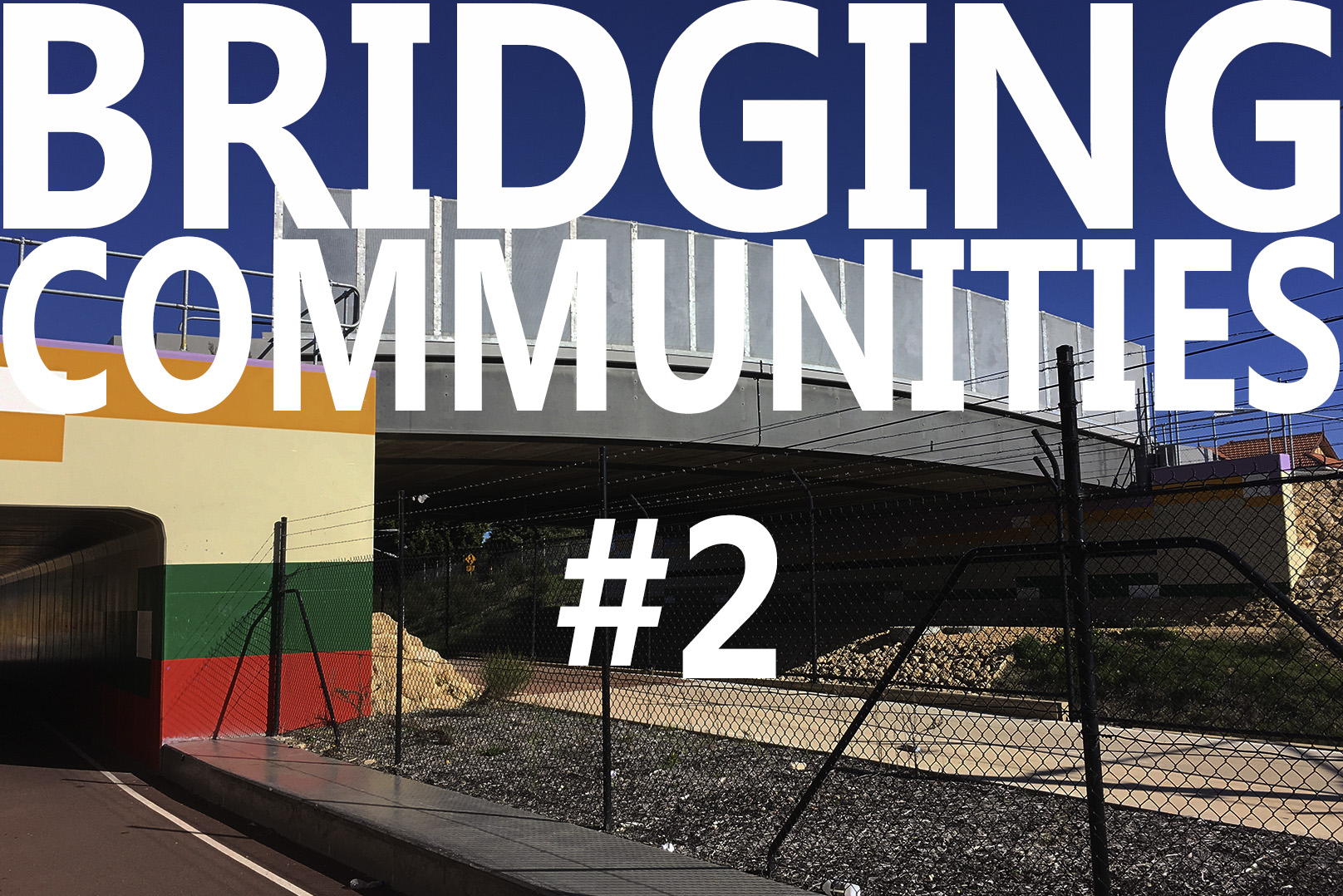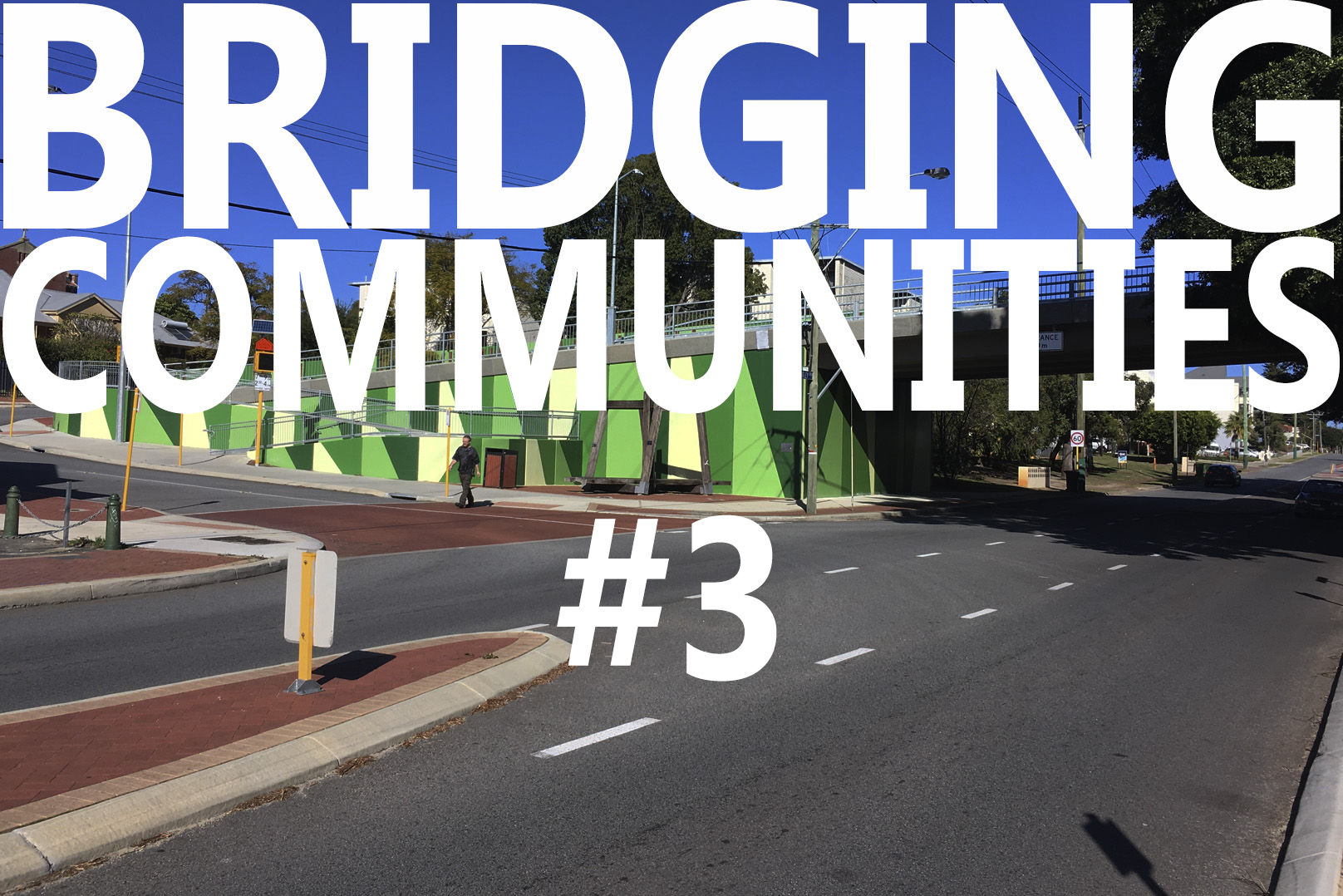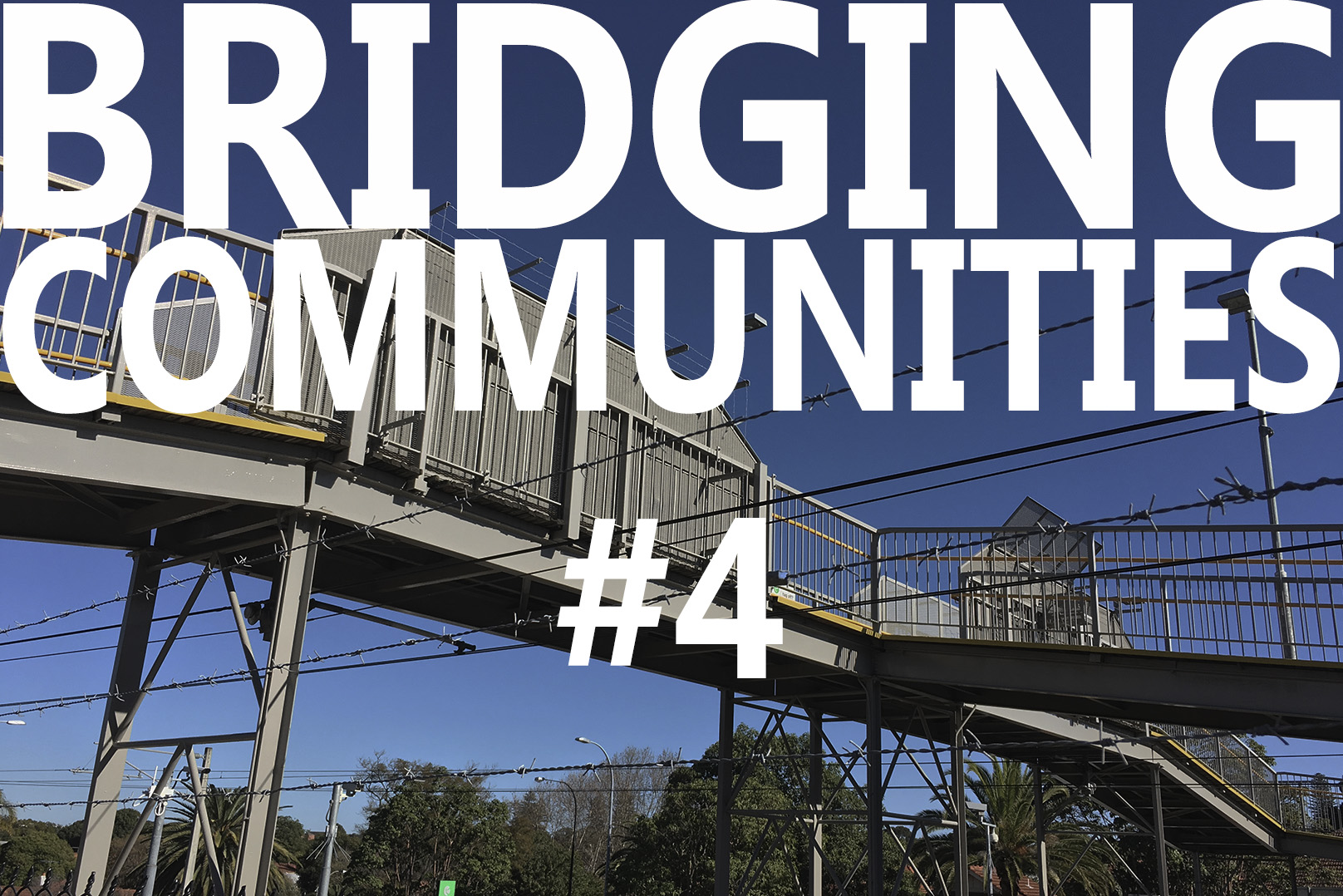Part of a series of posts by Neil Cownie on The Future of Swanbourne Village
Further to my post #40 in this series, there are of course many alternative options for the design of a pedestrian and cyclist bridge to connect the communities on either side of the bridge and that allows the existing commercial businesses to flourish.
Here I present an alternative scheme for the bridge that is again inspired in part by the native bush local vegetation, this time that of the Banksia with its distinctive leaves.
Further inspiration comes from the symbolic representation of the actual ‘bridging of communities’ like two outstretched arms embracing one another.
The design of the bridge includes the recycling & re-milling of timber railway sleepers as the surface of the bridge along with the use of Corten steel. Webmesh stainless steel wire mesh of an appropriately small opening aperture provides the separation of people from the railway line to the satisfactory of the authorities while allowing bridge users to enjoy free outlook from the bridge.
The design of the bridge seeks to represent the ‘bridging of communities’ as it takes cues from the history of the locality and provides memory of place.
The bridge has been designed to reflect the clasping of noongar and European hands across the divide as the timber trusses clasps the steel Corten inner caucus of the bridge. Further overlays of memory of place in the bridge design include the use of timber trusses which reflect the earlier pedestrian bridge structures of Leederville, Bayswater and that that still exists at Claremont station. The Corten steel has been designed to reflect the shapes of the outline of Banksia tree leaves, with such trees having previously graced the locality, with some still remaining within the railway reserve land. One such old and impressive Banksia tree remains nearby at the front of the house at the corner of Franklin and Rob Roy Streets in Swanbourne.
With Scotch College just down the road within Swanbourne, the grid of the truss to the sides of the bridge references the tartans of the House ties.
The bridge has been designed to allow offsite fabrication with the components of the timber trusses and steel Corten inner sleave being relatively easily being craned into place to minimise disruption to the train service.
For such a bridge to come into existence, it will require funding from State and Local government. I believe that the State Government of Western Australia would greatly benefit from financially supporting the design and construction of the proposed new pedestrian / cyclist bridge as the bridge will allow them to showcase the Swanbourne Village as a centre of excellence for their METRONET scheme.
Go back to the The Future of Swanbourne Village
The Bridging Communities Series
- #0 The Precinct - Swanbourne Bridge
- #1 Old Swanbourne Bridge
- #2 Third Avenue Bridge
- #3 Seventh Avenue
- #4 Mt Lawley Station Bridge
- #5 Swanbourne Aboriginal History
- #6 Swanbourne European History
- #7 Swanbourne Hotel
- #8 Koombana Bay Bridge
- #9 BIG Bridge Copenhagen
- #10 Circle Bridge Copenhagen
- #11 Tulhus Bridge - Erik Andersson
- #12 RV73 Bridge - Erik Andersson
- #13 The Architect Bridge - Erik Andersson
- #14 Ruyi Bridge - China
- #15 Cork Ireland Bridge - O'Donnell + Tuomey Architects
- #16 Bat Bridge - Next Architects
- #17 Leederville & Claremont Bridges
- #18 Dawson's Garden Centre
- #19 Swanbourne Village
- #20 Cottesloe Central Bridge
- #21 Showgrounds Bridge
- #22 Art Overlays
- #23 Swanbourne Village - Parameters - Levels
- #24 Swanbourne Village - Parameters - Community Hub
- #25 Swanbourne Village - A Better Way
- #26 Swanbourne Village – Call in the Cavalry
- #27 Sydney Light Rail Bridge
- #28 Hamilton Street Bridge, Subiaco
- #29 Compare the Pair
- #30 Opportunity not a Barrier
- #31 Rose Garden Bridge
- #32 Somers Town Bridge
- #33 Swanbourne Village – Original Bridge
- #34 Bayswater Bridge
- #35 Main Roads WA Scheme
- #36 NCA Scheme – The Big Picture
- #37 NCA Scheme – Master Plan
- #38 NCA Scheme – Relocated Dawsons Garden Centre
- #39 NCA Scheme – New Built Form
- #40 NCA Scheme – A New Community Pedestrian Bridge
- #41 NCA Scheme – Proposed Train Station Precinct
- #42 NCA Scheme – Swanbourne Village Market Day
- #43 NCA Scheme – Pedestrian environment
- #44 NCA Scheme – Cultural overlay
- #45 NCA Scheme – Centre of Excellence for a Sustainable Future
- #46 NCA Scheme – An Alternative Pedestrian Bridge Design

